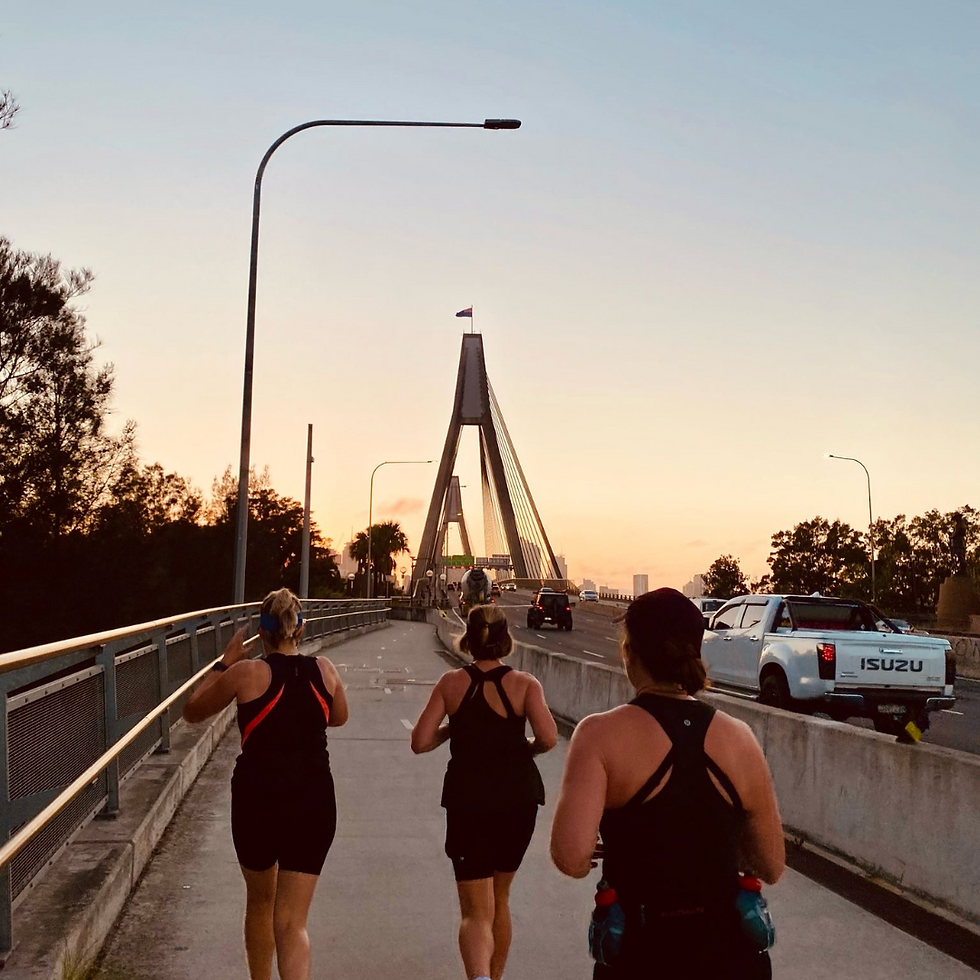From Old Things New Things Grow
- neighbourhoodmedia

- Oct 28, 2023
- 3 min read
Updated: Jan 28, 2024
Theodora Gianniotis Is on a Mission to Gracefully Restore Popular Inner West Heritage Sites

Renovating heritage-listed sites is often perceived as a challenge too difficult to tackle. However, Theodora Gianniotis, Director of Built Environmental Heritage Group (BE Heritage), is out to disrupt this misconception. Instead of viewing the constraints that can emerge from working with these buildings, Gianniotis only sees opportunities.
As a qualified lawyer with over 20 years of experience, she established this company to be a ‘one-stop-shop’ for all heritage-listed property work. The team guides their clients through the entire process – from buying to selling and completing development applications, working across residential and commercial properties. They’re expert in connecting you with all the relevant stakeholders. Their legal arm, BEH Legal Services, also does property transactions, such as conveyancing and leasing.
Sydney’s Inner West has an abundance of heritage-listed properties. It adds to the charm of our neighbourhoods, and we should be proud of the history that lines our streets. If you have an upcoming heritage-listed project, we’ve sat down with Gianniotis to ask some of the key questions you may want to know about this space and her company.
What made you get into this space and create this company?
I have always been involved in the heritage space, having completed a Master of Environmental Law with a focus on heritage. I saw a real gap in people’s understanding of heritage sites when it came to their properties. My goal in starting BE Heritage was to work with these people and help them understand what they want from their property. I also think having a legal background means I can offer more than just a historical overview. I can help guide them through any local government requirements and look for opportunities within their property.

Sustainability is a hot topic right now – what does BE Heritage do to place sustainability at the core of all projects?
I am incredibly passionate about sustainability when it comes to the company. The worst outcome for a heritage site is that it is not sustainable and, therefore, it is not viable for modern owners. Many houses were built when we were not in a climate crisis. Our heritage buildings must evolve to meet these needs and adopt beautiful designs that align with our new way of living. Solar panel placements and designs that allow for natural light filtrations and cross-ventilation are just a few ways to achieve heritage and sustainability outcomes. Also, restoring a heritage property rather than demolishing it is an incredibly sustainable approach for our environment. In commercial venues, accessibility is the other hot topic. I enjoy working closely with designers and clients to ensure all our heritage buildings are accessible and everyone can enjoy them.
Which project are you most proud of to date?
That would have to be Tempe Hotel which was once an old, run-down venue. To be involved in the research, see the layers slowly coming back to life and to work with a client with the same passion for heritage buildings as myself, was so rewarding.
How long does each project take?
This depends on the project and the amount of work. I have had projects go through within 6 months, but this needs strong project management and a team of consultants who can specialise in the area and are aware of the opportunities and constraints from the start.

What's the most challenging part of a heritage project?
Residentially, kitchens are demanding because that area requires the most change but will have the most significant impact. In commercial buildings, it would be the installation of lifts. This is why a great team will always look for these as additions rather than alterations. However, working with a specialised team guided by heritage input will achieve an excellent outcome regardless of the difficulty.
Have you always been based in Marrickville?
The business has always been in Marrickville because I love working with the architectural diversity in the suburb and being able to complement historical layers with modern architecture. People or Developers should not fear working with Heritage Sites. By engaging with BE Heritage from the beginning of your project, you will see the opportunity a heritage property can offer.






Comments